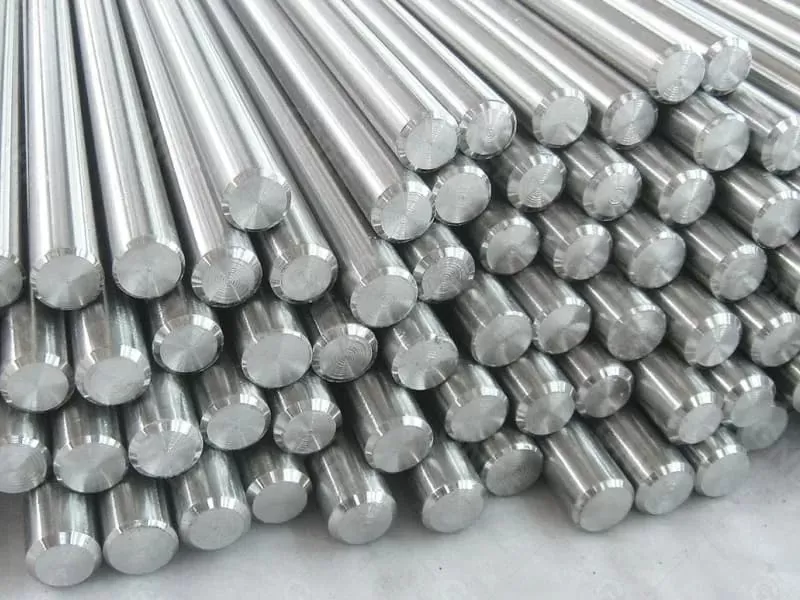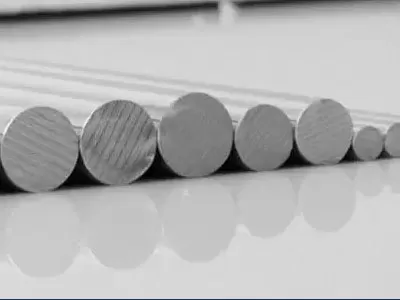
90-Day Suspension of U.S. “Reciprocal” Tariffs Begins on April 9
On April 9, U.S. President Donald Trump initiated a 90-day pause on the implementation of "reciprocal" tariffs. This move was initially attributed to ongoing efforts to negotiate trade agreements with 75 countries that had reportedly approached the White House. Later, Trump also cited volatility in the stock and bond markets as a factor influencing the decision.
However, analysts have expressed skepticism regarding the likelihood of achieving substantial agreements within such a short time frame. They also note that the imposed deadline may constrain the potential advantages the U.S. seeks to obtain through these negotiations.
Several discussions are already underway. U.S. Treasury Secretary Scott Bessent indicated that India might be the first to reach a bilateral trade agreement with the United States, citing India's relatively low tariffs, minimal non-tariff barriers, absence of currency manipulation, and limited government subsidies. Bessent shared these insights during the World Bank and International Monetary Fund annual meetings.
On April 24, Bessent further stated that the United States and South Korea could achieve a "mutual understanding" on trade as soon as the following week, following recent bilateral talks. However, he did not provide details regarding the prospective agreement’s content.
Meanwhile, China — the U.S.’s primary rival in the ongoing tariff conflict — has shown no public indication of conceding, despite U.S. suggestions of a potential reduction in tariffs currently set at 145%.
At a private investor summit hosted by JPMorgan Chase & Co., Bessent remarked that the tariff standoff with China is unsustainable for both nations and emphasized the need for de-escalation between the world's two largest economies. He expressed optimism that tensions could ease in the coming months but cautioned that a comprehensive agreement would likely require more time. Bessent also highlighted that formal negotiations between Washington and Beijing had yet to officially commence.
Subsequently, President Trump commented that tariffs on Chinese goods "will be significantly reduced, but not eliminated." According to The Wall Street Journal, the White House is considering a plan to lower tariffs to a range of 50–65%. Nevertheless, Trump clarified that any reductions would depend on Beijing’s actions, and that tariffs would remain in place until a new trade deal is finalized.
China, however, issued its own response. On April 24, Chinese Ministry of Commerce spokesperson He Yadong stated that the U.S. had unilaterally initiated the tariff increases and called on Washington to heed international and domestic appeals by fully withdrawing these measures. He also stressed the importance of equal and constructive dialogue, while Chinese officials denied that direct communication with the U.S. was currently taking place.
Despite the public stance, Bloomberg reported, citing unnamed sources, that China is internally considering suspending certain 125% tariffs on U.S. imports to alleviate pressure on domestic industries. Products possibly affected include medical equipment, specific industrial chemicals like ethane, and aircraft leasing costs, as many Chinese airlines do not fully own their fleets.
Additionally, CNN reported that China appears to have quietly dropped the 125% tariffs on certain U.S.-made semiconductors, although no official announcement has been made.

2025-11-19 14:09:22

2025-11-07 17:27:49

2025-11-05 15:44:44

25th floor, C3 Building, Wanda Plaza, Kaifu District, Changsha, Hunan Province, China